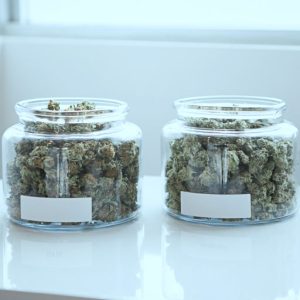Cannabis cultivation has been experimented with, expanded and researched for years. If you take a closer look at the subject, you will realize that there are numerous different cannabis varieties. You can now find out from us what the biggest differences are and what characteristics the different types of cannabis have.
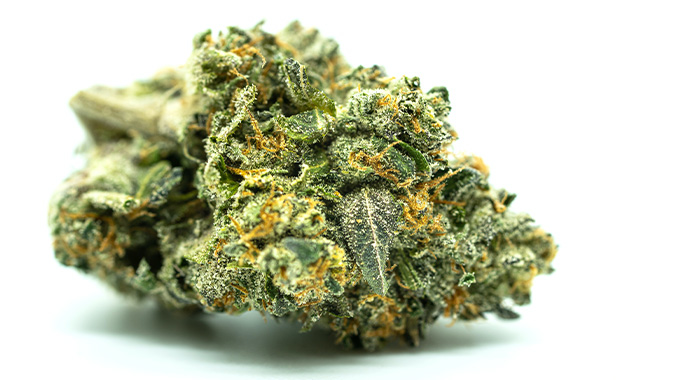
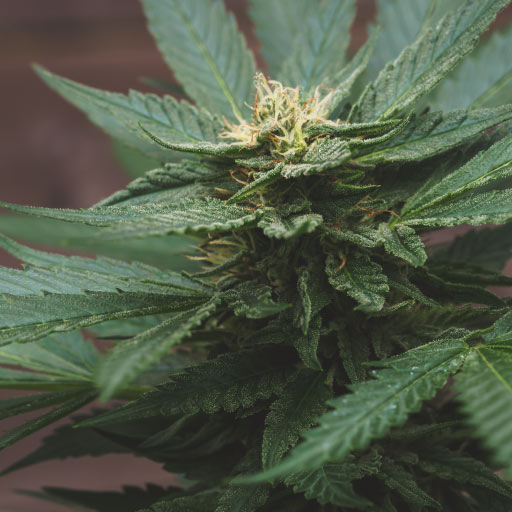
Cannabis Sativa - the only true hemp
In the cannabis community, Cannabis Sativa is often referred to as the only true strain. This is because the botanical name of the hemp plant is “Cannabis Sativa”. Today, it is just one cannabis strain of many, as breeding has changed significantly.
Sativa varieties originally grew near the equator, and countries such as Mexico, Thailand and Colombia are considered to be their home. Cannabis Sativa is slender and tall in growth, the varieties are not suitable for discreet cultivation in the living room at home. The THC content of sativa cannabis strains is high, crosses with indica further intensify the effect.
The cannabis strain has a particularly cerebral effect and is known for its uplifting effects. Users report an increase in energy levels and improved creativity. Here is a small overview of the best-known sativa strains available on the market:
- Durban
- Northern Lights #5
- Silver Haze
- Mexican Sativa
- Amnesia
Cannabis Indica - Indian hemp is one of the most popular cannabis strains
Although Cannabis Indica is often referred to as Indian hemp, the plant does not only originate from India. Turkey, Pakistan and Afghanistan are also considered countries of origin.
The Indica plant grows significantly more compact and smaller than Cannabis Sativa. Cannabis Sativa is therefore primarily grown outdoors, whereas Cannabis Indica is also suitable for indoor cultivation. In terms of flowering time, Indica cannabis species have the advantage that this is less than ten weeks on average. Depending on the cannabis variety, the THC content is somewhat lower than that of sativa plants, which is why consumers like to describe pure indica varieties as “beginner plants”.
Cannabis indica strains are considered calming and sedative, they are used to treat sleep disorders and to relax in the evening. Daytime use is not recommended, as Indica often leads to pronounced tiredness and bedtime heaviness. These varieties are among the best-known indica species:
- Zkittlez
- Hindu Kush
- Northern Lights
- Afghani#1
- Super Skunk
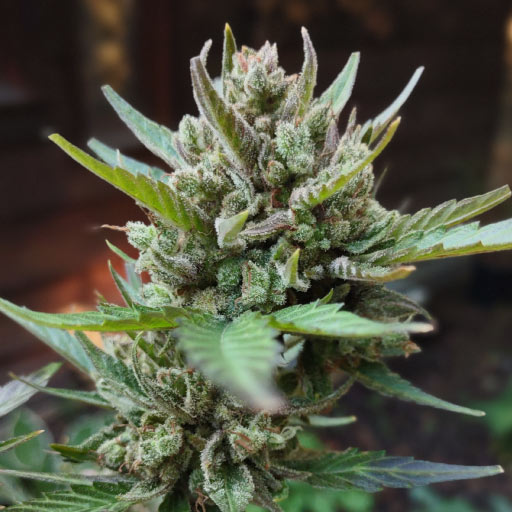
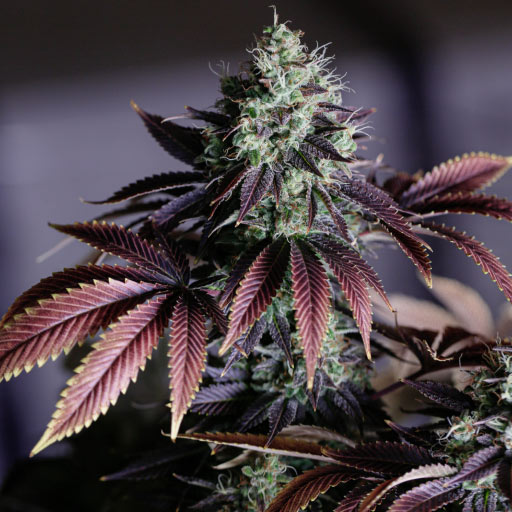
The third strain in the group - Ruderalis cannabis
Ruderalis is far less well known than Indica and Sativa, yet it is one of the most popular varieties. The biggest advantage of cannabis seeds originating from Russia and Central Asia is that they flower independently of the amount of light. This process is known as “autoflowering” and helps beginners in particular to achieve success in the growing sector. Many plant species have a proportion of ruderalis to make it easier for growers to get started.
The most popular variant is the Sativa-Indica-Ruderalis combination, as this brings out the best properties in all plants. Pure ruderalis cannabis is rather rare, the THC content is too low for experienced consumers. The medicinal potential of ruderalis is interesting, as the plant can contain high levels of cannabidiol.
Ruderalis content is primarily found in hybrids, where a distinction must be made between indica cannabis, indica-sativa cannabis and pure sativa varieties. Here are some varieties that have a ruderalis component.
Northern Light Automatic (Indica-Ruderalis)
Bubble Kush Automatic (Indica-Ruderalis)
Haze Berry Automatic (Sativa-Ruderalis)
Green Gelato Automatic (Sativa-Ruderalis)
Hybrid strains - they dominate the cannabis market
Pure strains have become rare, you will hardly find 100% sativa or indica in genetics. Botanists have started to maximize the potency of individual plants by crossing them. Depending on the cannabis strain, sativa or indica dominate, the proportion of cannabis ruderalis is usually a maximum of 10 %.
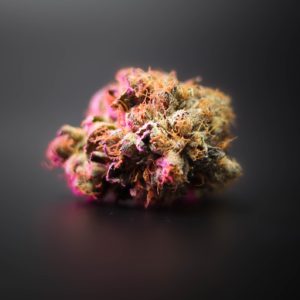

Which cannabis strains are used to produce CBD?
Most cannabis strains contain a certain amount of CBD. For pure CBD flowers, Cannabis Sativa is used in most cases, but it is also possible to grow an Indica in accordance with the legal requirements. However, experience has shown that the tall-growing sativa is better suited to professional CBD cultivation.
Autoflowering cannabis varieties always have a certain proportion of cannabis ruderalis, as this is the only way to transfer the trait.
Important to know: Only cannabis varieties grown from EU-certified commercial hemp seeds may be used for CBD production. They have a low THC content (less than 0.2%) and a significantly higher CBD content.
Which cannabis varieties are used as medicinal hemp?
Which cannabis varieties are used as medicinal hemp?
In Germany, it has been possible to obtain THC-containing marijuana on a doctor’s prescription since 2017. Which cannabis varieties are prescribed here depends on the type of application. Sativa and indica have some differences in effect, regardless of the THC content. Here is a brief overview of what the individual cannabis varieties are used for:
Cannabis Sativa: The main areas of application are mental illnesses and drive disorders, as Sativa has a stimulating and energy-boosting effect. Patients who suffer from loss of appetite due to medication or illness can benefit from Cannabis Sativa.
Cannabis Indica: Pain, anxiety and sleep disorders are common areas of application for Cannabis Indica. The calming effect is said to relieve spasms, tension and nerve pain.


Which cannabis strain contains the most cannabinoids?
Every hemp plant contains numerous plant substances, terpenes and flavonoids. In addition to THC (in classic cannabis) and CBD, traces of cannabinoids such as CBN, CBG and CBC can almost always be detected. The actual number of cannabinoids depends largely on the strain. The range is so wide that it is not possible to make any reliable statements here. You can find indicas with a high cannabinoid content, but also sativas, where the potency is significantly higher.
Smell and high - how the different cannabis strains differ
Connoisseurs find a very special characteristic in every cannabis strain and many of them are able to distinguish them by smell alone. But before you memorize all the aromas in the world, it makes more sense to distinguish between sativa, ruderalis and indica. As a rule, sativas are less odorous, their aroma tends towards citrus, paired with light fruity notes and a sweet undertone. Indica plants smell stronger, often skunky and sometimes even pungent. With both varieties, the full aroma only becomes apparent at the end of the flowering phase, and indoor cultivation always requires a ventilation system.
The high itself depends largely on the THC content; there is no psychoactive effect with CBD cannabis. Indicas are considered to be potentially more influential, as they can make you tired, lethargic and sluggish. Depending on the strain, a sedative effect can even be expected, which affects concentration. Although sativas get you high, they have an invigorating and energizing effect, which is perceived as “milder”. The typical “stoned effect” does not occur.


Visual characteristics - distinguishing between sativa and indica
Once you have the finished buds in front of you, as a professional you can tell at a glance whether it is a sativa, indica or hybrid. Sativa buds are almost always larger and looser in texture. The shape is cylindrical and elongated, while indica is more densely packed and roundish. Sativas are usually light green to yellowish, sometimes with orange spots. Indicas, on the other hand, are dark green with shades of purple.
Conclusion: Three cannabis strains with different properties
Each of the three cannabis strains has its advantages and disadvantages. Cannabis Ruderalis is almost non-existent as a stand-alone plant, but it often appears in hybrids. The autoflowering properties are the very special feature in cultivation. It is not possible to declare one of the varieties as “the best”, as this is often a matter of taste.
